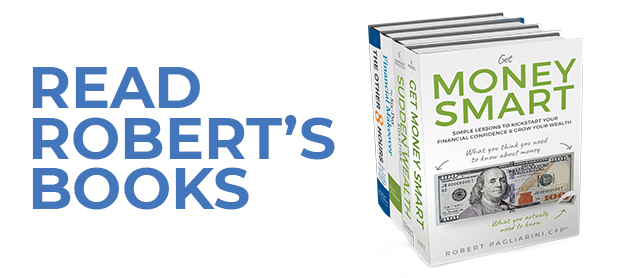
Converting a traditional IRA to a Roth IRA is no easy decision. After all, it is a taxable event. When the stock market is down or sluggish, however, a Roth conversion has more appeal.
Traditional IRA owners “go Roth” for some very good reasons. A Roth IRA can be a resource for tax-free retirement money. When you are 59½ or older and have owned a Roth IRA for at least five tax years, you can make tax-free withdrawals from your account.
Original owners of Roth IRAs never have to contend with Required Minimum Distributions (RMDs). They can also contribute to their IRA all their lives, provided they have earned income below a certain ceiling.
In a sense, a Roth IRA functions as a tax management tool in retirement; you can put just about any investment subject to taxable income into a Roth IRA and forego paying taxes on that income in the future.
Many people retire to a lower tax bracket. That fact alone is a good argument for timing a Roth conversion to coincide with retirement.
For example, say you contribute to a traditional IRA while you are working, all while you are in the 25% federal income tax bracket. Those contributions come with a perk; you may be saving up to 25 cents on every dollar you put into that traditional IRA, because traditional IRA contributions are tax-deductible in many instances. In this scenario, as you retire, you drop into the 15% federal income tax bracket. Making a Roth conversion at this point also comes with a perk: the conversion now costs 15 cents on the dollar instead of 25 cents on the dollar.
Why is a poor year for stocks an auspicious moment for a Roth conversion? In a beaten-down market, the cost of conversion can be lower for retirees and pre-retirees alike.
As a mock example, suppose you own a traditional IRA that had a balance of $180,000 at the end of last year. You had hoped the bull market would push its value higher this year, but then the market waned, and now your traditional IRA is worth $170,000. Bad news, yes; if you want to “go Roth” with that IRA, though, there is a silver lining. The lower value of your traditional IRA means the tax bill on the conversion (i.e., the tax owed on the distribution of assets out of the traditional IRA) will be slightly lower. Additionally, when the market rallies in the future, you get growth in a Roth IRA with the potential for tax-free withdrawals, rather than growth in a traditional IRA where withdrawals will be taxed as regular income.
Other financial factors can make a Roth conversion opportune. If you are unemployed, have major health care expenses, or face a net operating loss (NOL), it may also be a good time for this move. Any of these circumstances could leave you in a lower income tax bracket. An NOL, in fact, can offset the taxable income resulting from the conversion.
If you are retired and in a low income tax bracket and have not yet claimed Social Security, those three factors may put you in a nice position for a Roth conversion.
A Roth conversion need not be all-or-nothing. Some traditional IRA owners opt for partial conversions; they “go Roth” with just a portion of their traditional IRA funds. A Roth conversion can even be recharacterized; that is, undone. If you want to undo a Roth conversion, in most cases, you have until October 15 of the following tax year to do so.
When is a Roth conversion a bad idea? A few scenarios come to mind. One, you lack the ability to pay the income tax resulting from the conversion. Two, you are positive that you will be in a lower tax bracket than you are now when you start taking RMDs from your traditional IRA. Three, you have plans to relocate to a state with minimal or no state income tax. Four, you think you might make a major charitable IRA gift either at or before your death. Five, you are in your peak earning years and, correspondingly, in the highest tax bracket of your lifetime.
A Roth conversion is not for everyone, but it could be for you. The short-term tax hit may be a small price to pay for the potential benefits ahead. If you want to explore this move, by all means, talk with a tax or financial professional first. That conversation is essential.

About the Retirement Financial Advisor
Robert Pagliarini, PhD, CFP® is passionate about helping retirees build the retirement of their dreams. He has nearly three decades of experience as a retirement financial advisor and holds a Ph.D. in retirement planning. In addition, he is a CFP® Ambassador, one of only 50 in the country, and a fiduciary. His focus is on how to help make retirement portfolios last decades while providing a steady source of income. When he's not helping people plan their retirement, he might be traveling or writing his latest book. If you would like a second opinion to see if your retirement financial plan will keep you comfortable and secure, contact Robert today.



